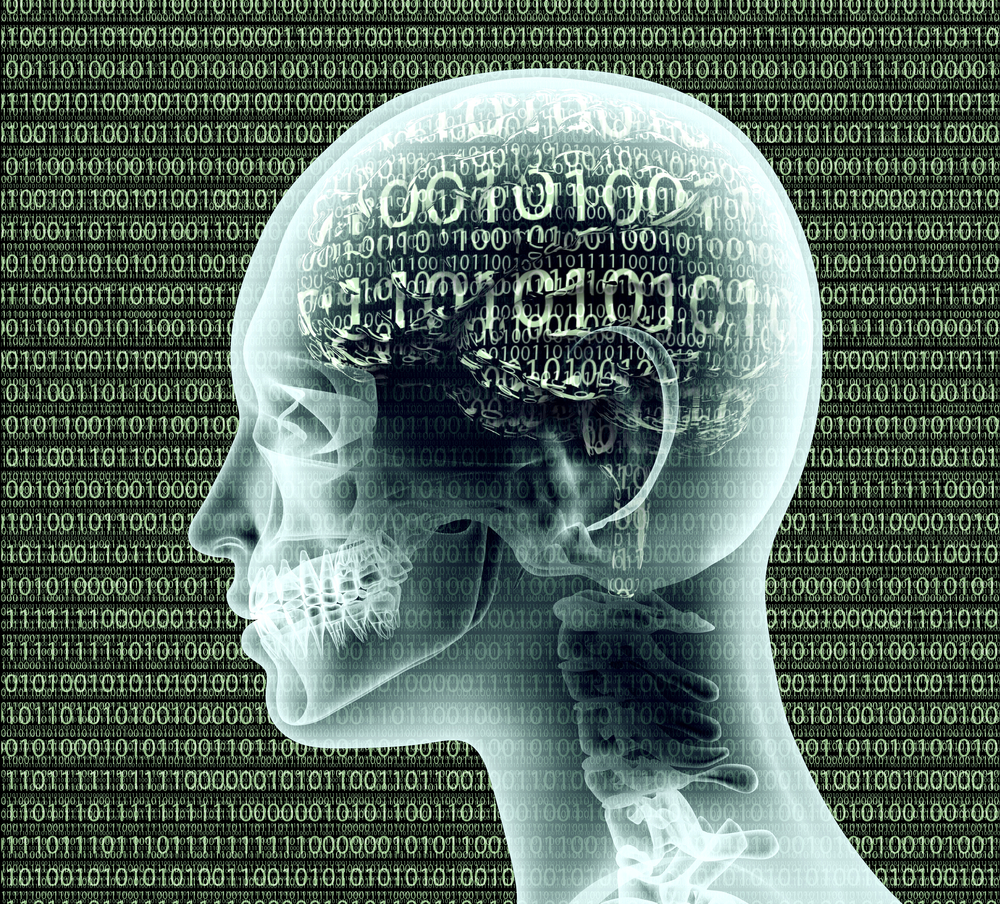Scientists Gaining Insight About How to Control Movement Disorder in Parkinson’s Patients

Researchers have found a link between neuronal activity and the strength of gripping force created during a physical action, according to a new study. This discovery may help understanding of what mechanisms contribute to abnormal movement in patients with Parkinson’s disease, and provide new therapeutic approaches for the treatment of these symptoms.
The study, “Decoding Gripping Force Based On Local Field Potentials Recorded From Subthalamic Nucleus In Humans,” was published in the journal eLife by researchers from the University of Oxford.
Brain-machine interfaces (BMI) are computerized tools that acquire brain signals, analyze and translate them into commands to an external device that carries out the desired effects. These tools can help disabled patients communicate or perform certain movements. Knowing how gripping force is generated in the brain may be important knowledge in how these tools can be used to help paralyzed patients, for instance.
Peter Brown, MD, and his team analyzed the signals generated at the basal ganglia (the brain area responsible for the execution and control of gripping force and movement vigor) of patients undergoing deep-brain stimulation. Deep brain stimulation is a surgical procedure given to patients with Parkinson’s to treat their neurological symptoms and help control their movements.
The researchers found that the electrical signals generated between neurons of the basal ganglia influence the gripping force produced in the patient. The study allowed the team to develop a mathematical model that can predict the amount of force that will be generated, which can help build better tools to assist disabled patients in controlling their movements.
“Tremendous strides are being made in producing brain-machine-interfaces, which have enormous medical treatment and rehabilitation potential”, Brown said in a press release.
“Our results suggest how the basal ganglia help to direct parts of the brain controlling muscle responses, and how this might go wrong in Parkinson’s disease,” he added. “The accuracy with which force could be predicted raises the possibility of producing high-performance control signals for brain-controlled devices, offering the fine-tuning that would be necessary for more delicate and complex tasks like picking up objects,” Brown said.
According to Brown, the team plans to test how their findings may be used to control brain-machine interfaces in practice with paralyzed patients, and study whether measurement of other brain areas would be required to improve such devices.






